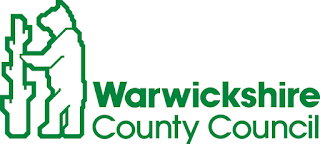Editor's note: oday we hear from Courtney Osgood of Paint Nite, a Boston-based events company that offers consumers a creative social experience at local bars. Learn how Google Apps helps Paint Nite maintain its close-knit company culture and keep teams connected no matter where they work.
Paint Nite offers a different kind of nightlife experience. Guided by a local artist, our customers spend a few hours sipping cocktails and painting at a local bar.
Working together to create something great is in our DNA, which is why we’ve used Google Apps since the company was founded in 2012.
As we’ve grown, Google Apps has helped us maintain our tight-knit culture while successfully scaling our business. In the past year, we’ve added more than 950 cities and towns that are now hosting Paint Nite events, and more than doubled our employees at headquarters from 40 to 100+.
Work-life balance is a big priority at Paint Nite. Our founders recognize that everyone has commitments outside of work, whether it’s spending time with family, pursuing a hobby or volunteering. Paint Nite offers unlimited vacation time and allows employees to work from home any time. Tools like Google Apps help our employees take advantage of this policy. Teams use Google Hangouts to chat about projects throughout the day, whether they’re at the office, at home or working from a coffee shop. We use Hangouts for our weekly all-staff meeting so all employees can join from anywhere and feel like they’re in the same room.
Google Apps helps teams stay organized, which is important given how quickly the company is growing. Our employees love using Google Calendar, which makes it easy to schedule meetings with colleagues who are working remotely. Calendar also lets us book conference rooms in advance, which is a small but critical feature for a rapidly growing company with limited meeting space.
Google Apps also saves us time. Our data analytics team, for example, uses Google Forms to manage dozens of data requests each day. At Paint Nite, we rely on our data to make decisions or share information — a digital marketing manager needs to know how many cities we operate in for a new advertisement, or our communications team wants to share year-over-year growth figures with the local newspaper. Before they started using Forms, our analysts spent hours each week sorting through requests manually. It was an inefficient and frustrating process. Now, if anyone at Paint Nite needs company data, he or she can submit a request using Google Forms.
As we continue to scale from a local startup to a international brand, it’s crucial that our teams stay connected, whether people are working from our main office, at home or on the road. Google Apps helps us do this while maintaining the close-knit, flexible work environment we've grown to love.















